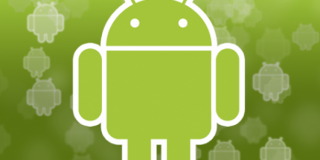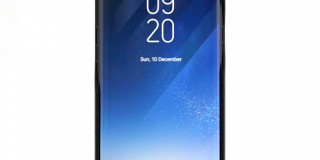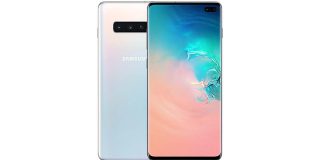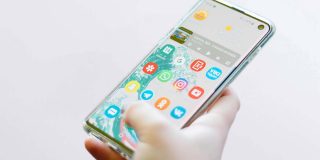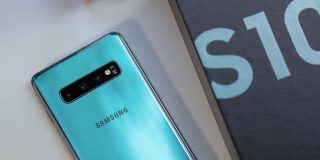Galaxy S7 Problems With Touch Screen (Solved)
The Samsung Galaxy S7 problems with touch screen seems like a common issue with those that own the new smartphone from Samsung. Some of the problems noticed on the Galaxy S7 and Galaxy S7 Edge includes part of the touch screen doesn’t work, touch screen is not responsive and similar touch screen problems. Below we’ll get into some of the solutions that you can use to fix your Galaxy S7 problems with touch screen that is causing you a headache.
The Samsung Galaxy S7’s touch screen is not always responsive towards the bottom of the screen. This means users have to move the apps and the controls on the farther end of the phone to the middle of the phone to keep using it without interruption.
Related Articles:
- How to fix Galaxy S7 black screen problem
- Galaxy S7 screen won’t turn solution
- How to fix Galaxy S7 turns off randomly
- How to fix Galaxy S7 gets hot
Reasons for Galaxy S7 touch screen not working:
- Sometimes during the shipping process of the phone, the Galaxy S7 touch screen gets messed up during this process and the performance of the touch screen due to excessive bumps doesn’t work properly.
- Sometimes the touch screen problem is because of software bugs. Samsung always releases software updates to fix these problems, but sometimes it takes some time.
Ways to fix Galaxy S7 touch screen not working
Complete factory reset
Go to the notification section of the Galaxy S7 and select the gear icon to bring up Settings. From the settings page, select on Backup and reset listed under User and Backup and choose Factory data reset.
Make sure that everything important has been backed up and then at the bottom of the screen select Reset device. On the next screen, select Delete all and wait for the process to complete and the phone to reboot. You can also read this more detailed guide on how to factory reset Samsung Galaxy S7.
You can also watch the YouTube video below on how to factory reset the Samsung Galaxy S7:
Clear phone cache
Another fix for the problem is deleting the cache. When you hold down the volume button down till the Samsung logo appears it will ask you whether you want to wipe cache partition. Give yes. You can also read this more detailed guide on how to clear cache on Samsung Galaxy S7.
- Turn the Galaxy S7 or Galaxy S7 Edge off
- Press and hold the Volume Up, Power and Home buttons at the same time until the Android logo shows up and the phone vibrates
- Then let go of the Power button and continue to hold the other buttons
- Use the volume buttons to scroll down to highlight Wipe Cache Partition
- Press the Power button
- Scroll down to Yes and press the Power button
- Scroll to Reboot System Now and press Power
- Your Galaxy S7 will reboot with a cleared system cache
Complete a hard reset
It’s important to note that doing a Samsung Galaxy S7 hard reset, it’ll remove and delete all data, apps, and settings. You should back up your Galaxy S7 to prevent any data from being lost. The way to back up data on your Galaxy S7 is by going to Settings > Backup & reset. You can also read this more detailed guide on how to hard reset Samsung Galaxy S7.
- Turn off the Galaxy S7
- Press and hold at the same time: Volume Up + Home button + Power button, until you see Samsung logo.
- Then select from Recovery Mode menu “wipe data / factory reset” using Volume buttons to navigate and Power button to confirm.
- Select “Yes — delete all user data” to confirm the whole operation.
- After that select option “reboot system now”.
Remove the Sim card
Turn off your Samsung Galaxy S7 or Galaxy S7 Edge smartphone. Then take out the SIM card and reinsert your SIM Card. Then turn back on your Galaxy S7 to see if the problem has been solved.




